To Kill a Mockingbird (Graphic Novel) Adapted by Fred Fordham
In 1960, To Kill a Mockingbird was published under the pen name, Harper Lee. This would go on to be her legacy, having published one novel, until the first draft of the well-known work would later be printed in 2016 and titled Go Set a Watchman. This took place while Lee was in a nursing home unable to consent to this publication, which many people think is a sequel to her famous novel, leading to outrage and disappointment.
To be clear, To Kill a Mockingbird was my favorite book I read for school and was a big stepping stone in cultivating my passion to write. Women wrote back then? Who knew? I can write, too! Harper Lee’s death stands to be the only “celebrity death” I have cried about and written about. Thus, I come to this graphic novel both loving the medium and the original text and the mindset of, “Please don’t make me hate this.”
I didn’t. Hate it, that is. The illustrations and color are beautiful, and the pages are thick and crisp. It doesn’t get much better than that, right book lovers? However, I love the novel as a novel and expected the graphic rendition to be written more to the style of a graphic novel: intricate artwork that stands in place of longer text, sequential images without interruption, and a variety of paneling choices.
While the book has these moments, they are far and few between. There is a lot of text that can be a turn-off to younger readers promised a comic-book-like experience. I understand the desire to put the entire novel into his new rendition and to stay true to Lee’s text—believe me, I know—however, this book seeks to do so by putting in too much dialogue to the point of a few monologues. The speech can be cut down and replaced with images that show expression or the dynamic between Scout, Dill, and Jem.
Also, I love graphic novels for how the illustrator uses paneling and white space across the spread. For most of the book, Fordham does not use these methods to his advantage. Rather, there is a consistent 7-9 panel page for most of the book. I love when images jump out at me, and there were some, but I also love when they jump out of their panels and seemingly come to life, which is only done one or two times. It is a technique that shouldn’t be used all the time but could’ve been done to make some dramatic scenes really pop.
Yes, I do love this rendition of To Kill a Mockingbird. Does it have to do with my previous love for the original novel? Oh, most definitely. Though, I love the medium and I think Fordham did the text justice (get it, because Atticus is a lawyer!). I also believe this is a great way for students to get into this 60-year-old text. My middle schoolers love graphic novels and comics! This is a lovely chance to meet halfway and say, “Let’s talk about it.” From race to our criminal justice system to gender norms, this book has it all and depicts it visually so all students can access the story.
Please do be aware of the author’s note in the back that discusses the way the characters speak and the use of n—.
Find To Kill a Mockingbird by Harper Lee here!
Find To Kill a Mockingbird Adapted by Fred Fordham here!


